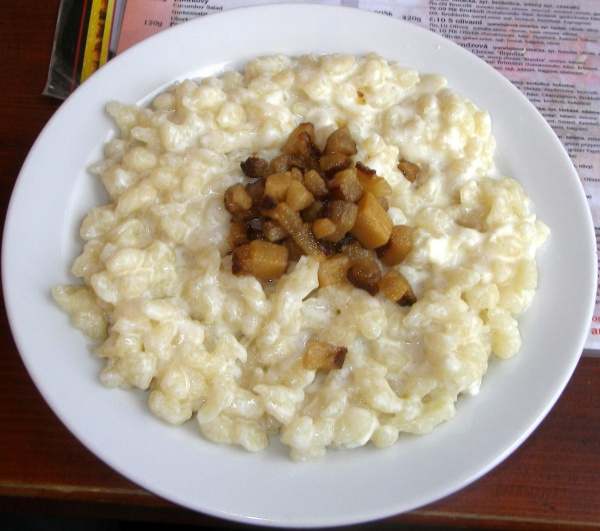Facts About Slovak cuisine
Slovak cuisine is a delightful blend of regional flavors, heavily influenced by neighboring countries and deeply rooted in historical traditions. Historically, Slovak villages were largely self-sufficient, relying on locally sourced ingredients due to limited imports and processing methods. Staples of the traditional diet included wheat, potatoes, dairy products, pork, sauerkraut, and onions, with spices used sparingly. Families often made their own butter, cream, and cheese, while pork products like sausages and bacon were everyday fare, with animal fats commonly used for cooking.
Today, Slovak cuisine has embraced global influences, incorporating a variety of new ingredients and processed foods. Some of the most beloved Slovak dishes are Bryndzové halušky (potato dumplings with sheep cheese), Lokše (potato pancakes), Bryndzové pirohy (dumplings filled with sheep cheese), and Segedin goulash. Soups and sauces hold a special place in Slovak cooking, with favorites including Fazuľová (bean soup), Kapustnica (cabbage soup), and various goulash soups. When it comes to meat, Slovaks enjoy pork, beef, poultry, and game meats like boar and venison.
Slovakia also has a rich tradition of sweets and cookies, especially around Christmas. Classics like Buchty (sweet buns), Parené buchty (steamed buns), Laskonky (meringue cookies), and Medovníky (gingerbread cookies) are cherished treats. Traditionally, the main meal of the day in Slovakia is lunch, which usually includes a hearty soup followed by a main course.

 Hungary
Hungary